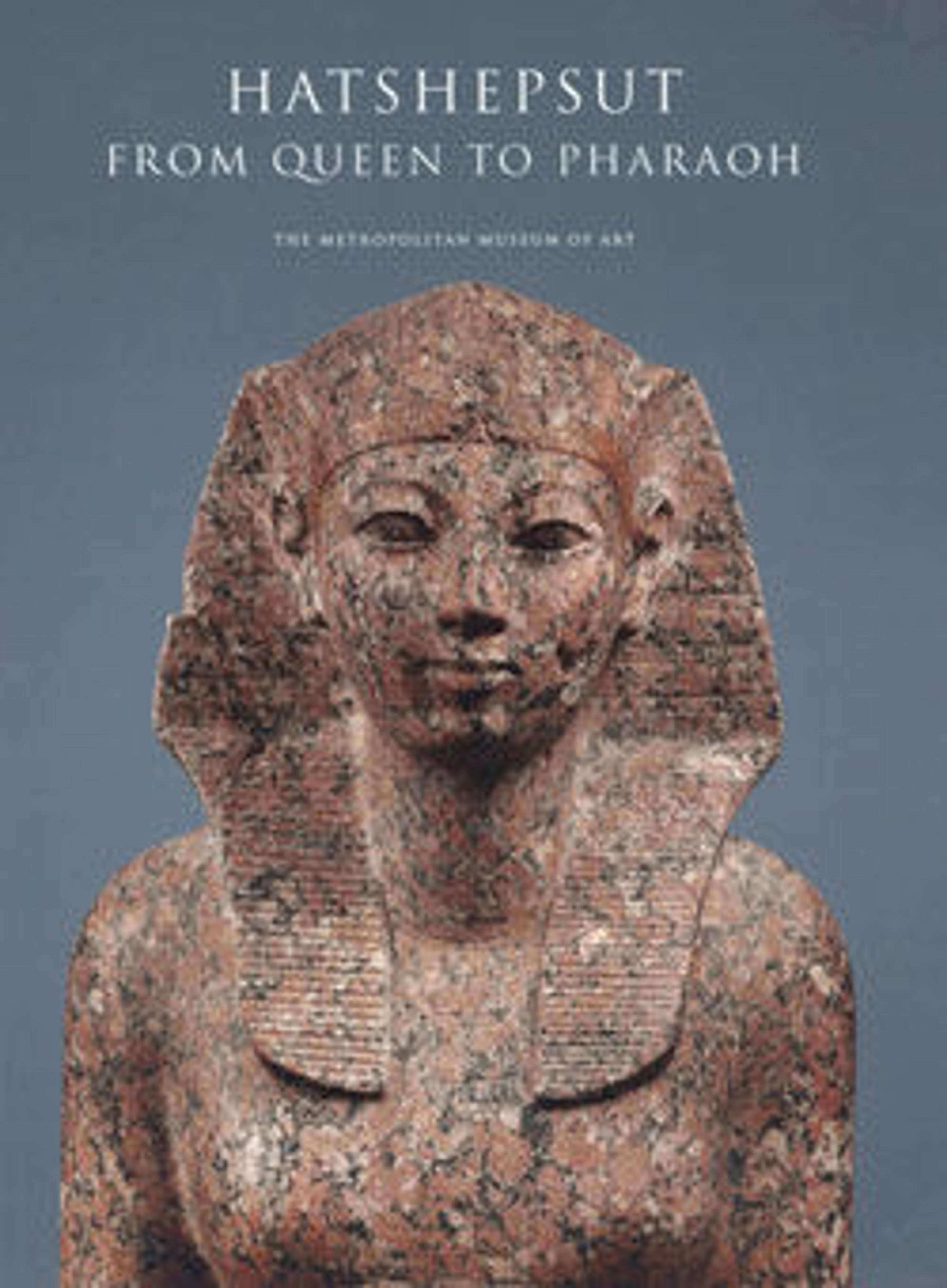Artist's Sketches of Senenmut, Sketch of Small Rodent on Opposite Side
Ostraca are chips of limestone or fragments of pottery that were used as writing surfaces by ancient Egyptian scribes, or as sketch pads by artists. Despite the lack of any identifying text, the double profile on this ostracon can easily be identified as Senenmut, one of Hatshepsut's well-known courtiers. The profiles are similar to the representation of Senenmut on another ostracon in the Museum's collection (36.3.252) and to a drawing on a wall in his tomb (fig. 1). On the back of this ostracon is a sketch that depicts a small rodent.
Artwork Details
- Title:Artist's Sketches of Senenmut, Sketch of Small Rodent on Opposite Side
- Period:New Kingdom
- Dynasty:Dynasty 18
- Reign:Joint reign of Hatshepsut and Thutmose III
- Date:ca. 1479–1458 B.C.
- Geography:From Egypt, Upper Egypt, Thebes
- Medium:Limestone, ink
- Dimensions:H. 10 cm (3 15/16 in.); W. 16.5 cm (6 11/16 in.); Th. 3 cm (1 3/16 in.)
- Credit Line:Anonymous Gift, 1931
- Object Number:31.4.2
- Curatorial Department: Egyptian Art
Audio
3385. Artist's Sketches of Senenmut
0:00
0:00
We're sorry, the transcript for this audio track is not available at this time. Please email info@metmuseum.org to request a transcript for this track.
More Artwork
Research Resources
The Met provides unparalleled resources for research and welcomes an international community of students and scholars. The Met's Open Access API is where creators and researchers can connect to the The Met collection. Open Access data and public domain images are available for unrestricted commercial and noncommercial use without permission or fee.
To request images under copyright and other restrictions, please use this Image Request form.
Feedback
We continue to research and examine historical and cultural context for objects in The Met collection. If you have comments or questions about this object record, please contact us using the form below. The Museum looks forward to receiving your comments.
